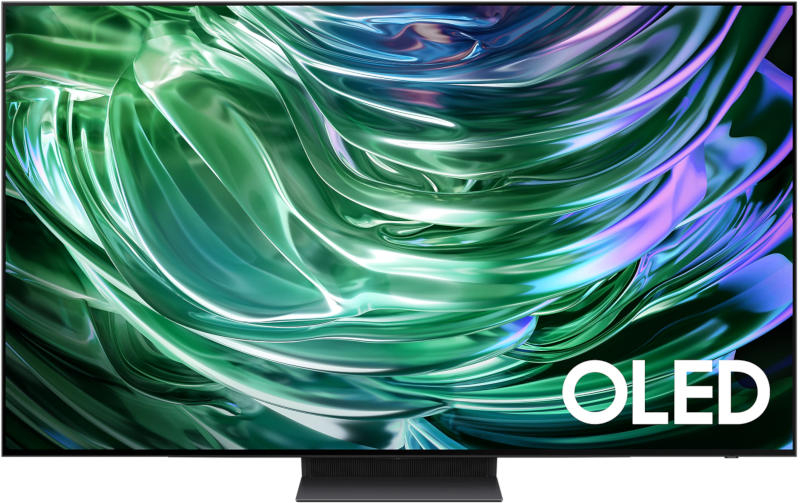TV shipments in the first half of 2024 increased by 0.8% year on year and reached 90.717 million units, TrendForce analysts calculated. Demand varied by region: in China, it was lower than expected due to macroeconomic factors and changing viewing habits among young consumers; in North America it was supported by price competition; and in Europe, growth factors were driven by inflation from the low figures of the previous two years and the abundance of sporting events.

Image source: mi.com
The peak season for TV demand is traditionally in the second half of the year, so it is expected to continue to grow, albeit at a slower pace. During the first half of the year, prices for panels grew, but consumers preferred inexpensive models – manufacturers were unable to shift their costs to them, so they had to reduce advertising activity. To cut waste, brands are focusing on developing larger mid- and high-end models—a process that is expected to push the average TV screen size up 1.4 inches to 55.5 inches by the end of 2024. But total deliveries for the year will decrease by 0.2% and amount to 195.09 million units, TrendForce predicts.
The leading TV suppliers in the first half of the year were Samsung Electronics, Hisense, TCL, LG Electronics and Xiaomi. TCL came in third, just behind Hisense by a small margin, and thanks to its strong market penetration in Europe and emerging regions, TCL still managed to surpass Hisense in the second quarter, shipping 6.68 million units and posting quarterly and year-on-year growth of more than 10%. Based on the results of 2024, the company, which is backed by panels of its own production and highly automated processes, has every chance to compete for second place.

Image source: samsung.com
Inflation affecting the entire world and the accompanying rise in interest rates forced consumers to become more economical, which had a beneficial effect on sales of affordable models. In the US, for example, prices like $99 for a 32-inch HD model or $399 for a 65-inch UHD TV used to be seen only on Black Friday, but now their presence has become more noticeable. It got to the point where the regular price for a 65-inch UHD model dropped to $299, and more brands began to enter this category to maintain market share.
In the first half of 2024, manufacturers were faced not only with rising panel prices, but also with increased shipping costs, which pushed them to the brink of unprofitable operations. And to improve their financial situation, they continued to increase the size of their products. Chinese brands TCL, Xiaomi and Hisense have found a way to stimulate consumer demand by reducing the number of Mini LED zones – this has helped them offer more price-competitive products. The strategy has helped fuel demand, with shipments of Mini LED TVs expected to grow 55% year-on-year to 6.35 million units. The combined share of the three Chinese manufacturers, analysts predict, will exceed 50% for the first time ever. Samsung retains its leadership in the global market with a share of 25%, but this is by 17 percentage points. lower than it was last year. If Samsung doesn’t release a hit product in 2025, it risks losing out to TCL in the Mini LED segment.
In 2023, OLED TV shipments dropped by 20% and manufacturers were forced to adjust their advertising strategies. LG Electronics responded to Samsung’s entry into the white OLED market by increasing peak season discounts to 25-33%. This helped increase sales and increase shipments of OLED TVs by 15.9% to 6.23 million units – LG and Samsung in this segment each had 53.3% and 22.5% of the market, respectively. If costs for OLED models cannot be effectively optimized by 2025, and the technology does not attract other major brands, their shipments threaten to remain at the level of 6 to 6.5 million units.